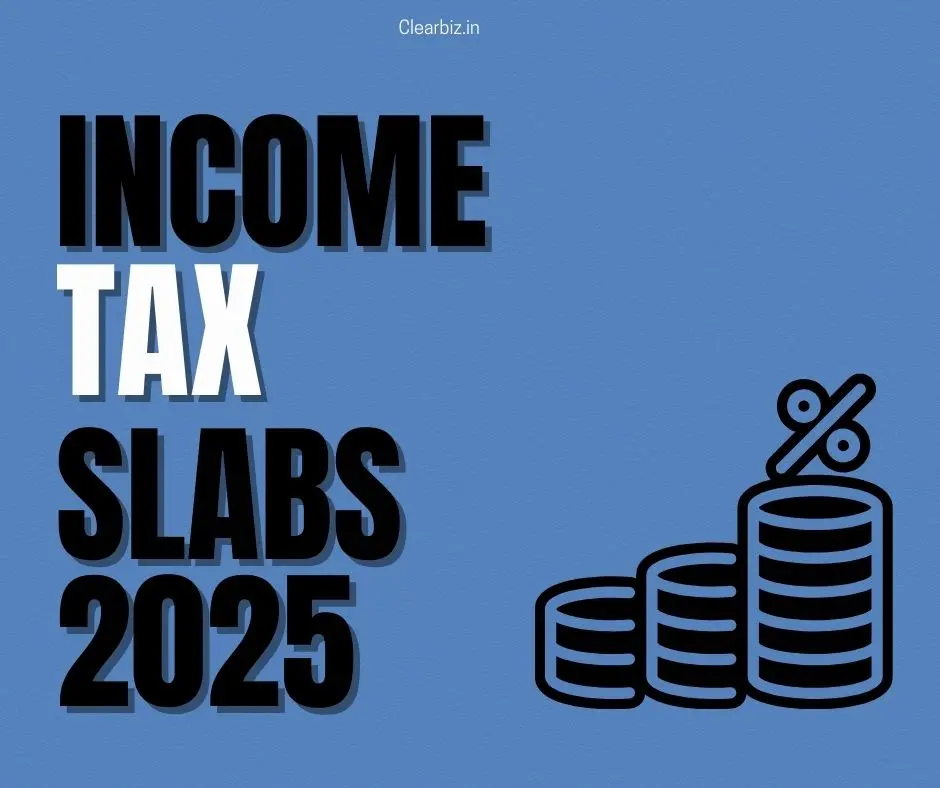Union Budget 2025: Revised Income Tax Slabs & Key Announcements

The Union Budget 2025 has introduced significant tax reforms aimed at reducing the financial burden on the Indian middle class while simplifying tax compliance. Presented by Finance Minister Nirmala Sitharaman on February 1, 2025, this year’s budget brings a much-awaited revision to the income tax slabs and several key taxation updates that will benefit individuals and businesses alike.
New Income Tax Slabs for FY 2025-26
The most notable change in the budget is the introduction of new income tax slabs under the revised tax regime. Here’s a breakdown of the updated tax structure applicable from April 2025:
- Up to ₹4 lakh – No tax
- ₹4 lakh to ₹8 lakh – 5%
- ₹8 lakh to ₹12 lakh – 10%
- ₹12 lakh to ₹16 lakh – 15%
- ₹16 lakh to ₹20 lakh – 20%
- ₹20 lakh to ₹24 lakh – 25%
- Above ₹24 lakh – 30%
Additionally, individuals earning up to ₹12,75,000 will have no tax liability after considering the ₹75,000 standard deduction and a full rebate for incomes up to ₹12 lakh. However, this rebate does not apply to incomes taxed under special rates, such as capital gains under section 112A.
Impact of the Revised Tax Slabs
These tax reforms are expected to have a significant impact on taxpayers, particularly the middle class. Some of the key benefits include:
- Lower Tax Burden: The increase in the basic exemption limit to ₹4,00,000 (from ₹2,50,000) provides direct relief, leaving more disposable income in the hands of taxpayers.
- Encouraging Compliance: A simpler and more transparent tax regime is expected to boost tax compliance and reduce tax evasion.
- Economic Stimulus: The government has foregone ₹1,00,000 crores in direct tax revenue to stimulate consumer spending and investment.
Key Taxation Announcements
Apart from revised tax slabs, the government has introduced several other important tax-related measures to ease compliance and enhance benefits for taxpayers:
1. Enhanced TDS Limit for Rental Income
- The threshold for Tax Deducted at Source (TDS) on rental income has been raised to ₹6,00,000 per annum from the previous ₹2,40,000 per annum.
- This change will significantly reduce the number of landlords subject to TDS deductions, providing relief to small property owners.
2. Removal of Limitation on Declaring Self-Occupied Property (SOP)
- Homeowners can now declare up to two properties as self-occupied without restrictions.
- This benefits taxpayers with multiple residential properties, reducing tax liabilities on notional rent calculations.
3. No TCS up to ₹10 Lakh under the Liberalized Remittance Scheme
- The Tax Collected at Source (TCS) exemption limit under the Liberalized Remittance Scheme (LRS) has been increased from ₹7 lakh to ₹10 lakh.
- Additionally, TDS exemptions on educational loans for foreign studies will ease financial burdens on students and families.
4. Updated Returns Can Be Filed for Preceding 4 Years
- Taxpayers can now file updated income tax returns for the previous four years, providing an opportunity to declare past incomes and settle dues without penalties.
- This move encourages voluntary compliance and helps taxpayers avoid legal complications.
Conclusion
The Union Budget 2025 has introduced progressive tax reforms that offer significant relief to taxpayers while making compliance more flexible. The revised income tax slabs, increased rebates, and additional tax relief measures ensure higher disposable income, encouraging economic growth and consumption.
With a focus on simplifying taxation and boosting compliance, these changes mark a significant step towards a more efficient and fair direct tax regime. For the Indian middle class, this budget brings welcome financial relief and a greater scope for savings and investments in the years ahead. To make the most of these changes, it’s essential to know before filing ITR and stay informed about the latest tax regulations.